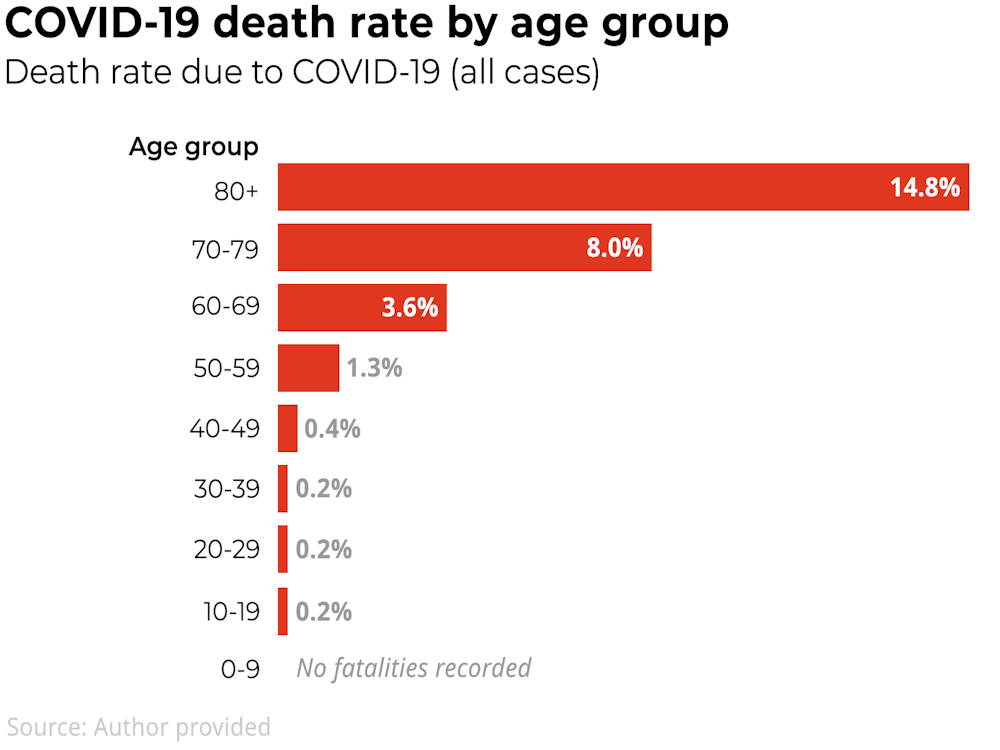Guest Post by Alex Berenson

With coronavirus infections rising again across the nation, the question of just how lethal the virus is has become more crucial than ever.
Early in the epidemic, public-health experts feared the virus might kill up to 2 percent of those infected, potentially causing millions of deaths in the United States and tens of millions worldwide. Those terrifying estimates prompted the lockdowns that have done incalculable harm to the economy, shattered small businesses and left children traumatized and untold numbers suffering from brutal isolation.
But we now know much more about the virus. And we know its lethality is lower than we originally feared — and highly concentrated in the very elderly and people with serious health problems.
In fact, the Centers for Disease Control and Prevention estimated in May that the coronavirus kills about 0.26 percent of the people it infects, about 1 in 400 people. New estimates from Sweden suggest that only 1 in 10,000 people under 50 will die from the virus, compared to 1 in 14 of people over 80 and 1 in 6 of those over 90.
Continue reading “Getting realistic about the coronavirus death rate”






